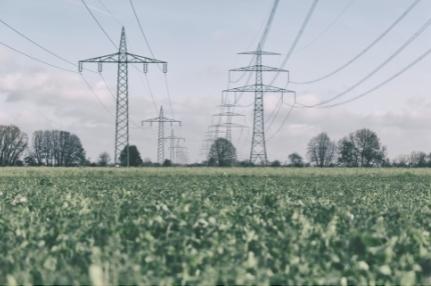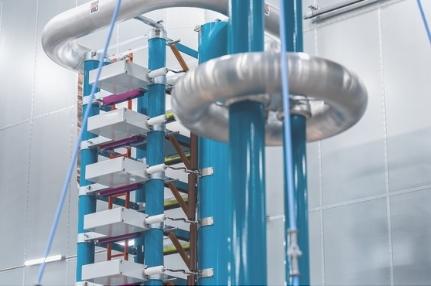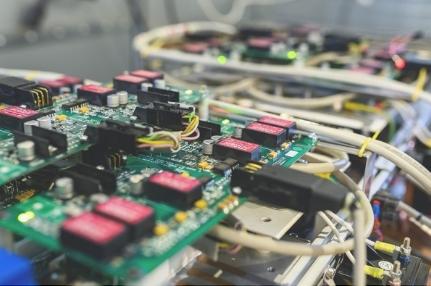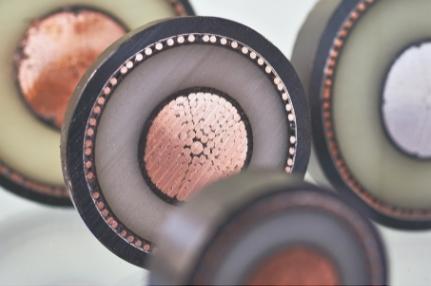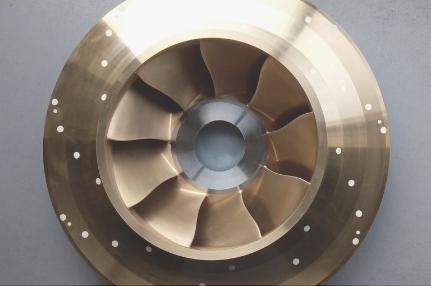Recherche & collaboration
Qu’est-ce qui nous rend unique ?
SuperGrid Institute doit son succès aux personnes qui composent nos différents départements de recherche. Nos équipes viennent d’horizons divers, tant industriels qu’universitaires, et la richesse de leur expérience et de leurs compétences rend l’Institut unique.
Chaque personne apporte une expertise spécifique et ce vivier de connaissances offre aux spécialistes de différents domaines la possibilité de collaborer sur des solutions innovantes pour résoudre des problèmes techniques.
L’Institut bénéficie d’étroites relations de collaboration avec des acteurs de l’industrie et des institutions académiques. Alors que les forces complémentaires de nos partenaires apportent des éclairages et des approches innovantes aux défis techniques, nous développons nos départements de recherche en toute indépendance. Des investissements conjoints publics-privés et des projets de collaboration financent le travail.
Les installations de recherche, les plateformes de test et les laboratoires de pointe de SuperGrid Institute sur les sites de Villeurbanne et de Grenoble sont la clé du succès de nos départements de recherche.
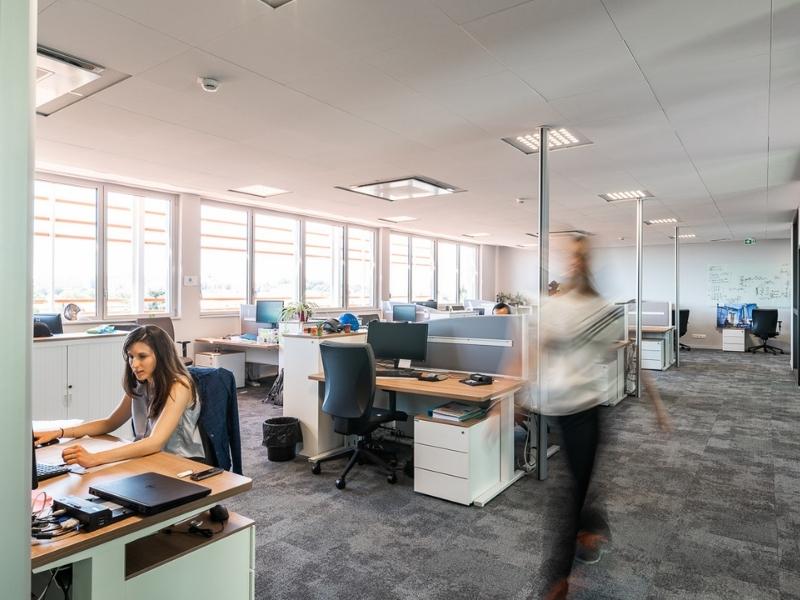
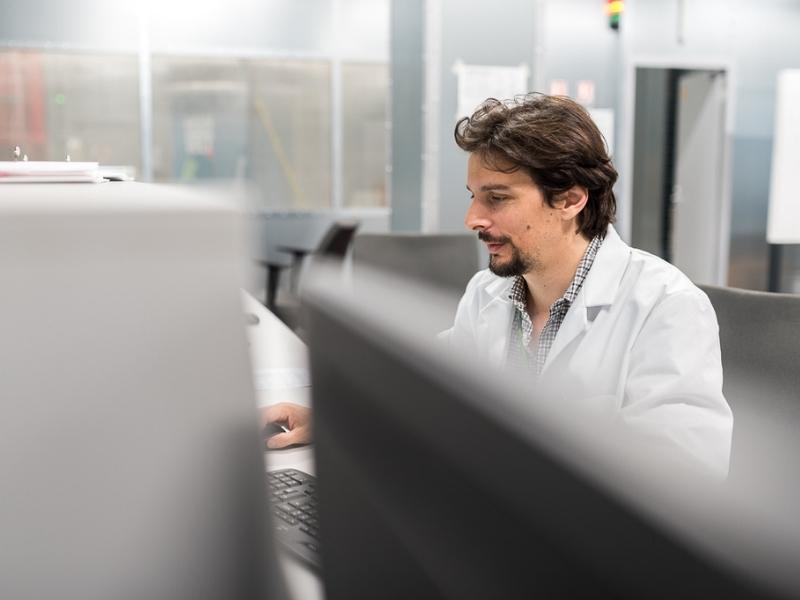
Nos dernières publications scientifiques
Experimental study of the self-disturbance phenomena in a halfbridge configuration of Si IGBT and SiC MOSFET switches
This paper investigates the gate-driver design challenges encountered due to the fast switching of wide band-gap semiconductors (here, SiC MOSFETs) in the half-bridge configuration.
Conducted EMI reduction in a 100kW 1.2kV Dual Active Bridge converter
The experimental studies show the effects of the transformer construction and vector group (star/delta) on the common-mode currents through the gate drivers of SiC MOSFETs in a 100kW 1.2kV three-phase dual active bridge converter.
Universal modular Solid State Transformers (SSTs) for DC railway substations
In this paper, a methodology is proposed to define the optimal rated power and number of PEBBs.


